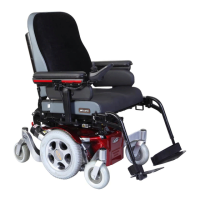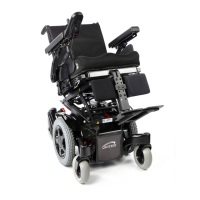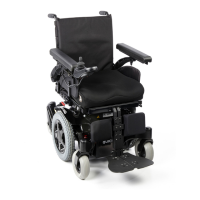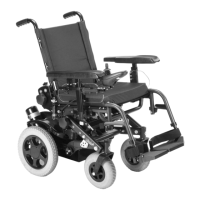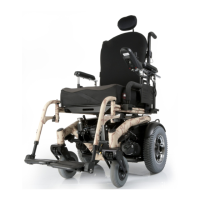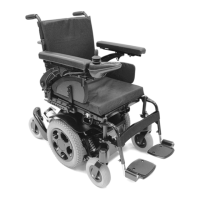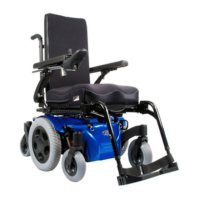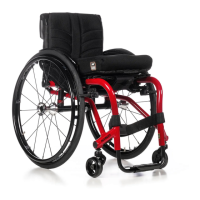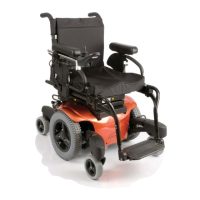What to do if Quickie Wheelchair Battery Gauge steps up?
- WWilliam MartinezSep 23, 2025
If the Battery Gauge on your Quickie Wheelchair steps up, you will not be able to drive the wheelchair until the charger is disconnected and you have switched the control system off and on again.


